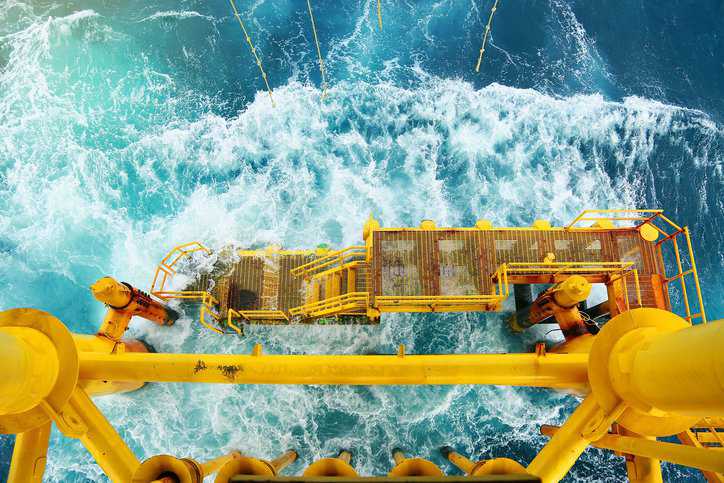ACP OCRP-3-2024: U.S. Offshore Wind Metocean Conditions

Besides improving safety, understanding metocean conditions can also help optimize the design and maintenance of offshore structures and reduce the risk of environmental damage or pollution. Metoocean data is essential for the design and construction of offshore platforms and wind farms. ACP OCRP-3-2024: ACP U.S. Offshore Wind Metocean Conditions Characterization Recommended Practices provides recommended practices for metocean conditions for offshore wind facilities.
What Does Metocean Mean?
Metocean stands for meteorological and oceanographic. It refers to the study of the combined effects of the ocean and weather on offshore operations and structure. Metocean conditions are a combination of wind, wave, and ocean currents in a specific area. They include, for example, water temperature, tides, relative humidity, ice movement, surface atmospheric pressure, wind speed and direction, water temperature, wave height and direction, and ocean currents.
What Is ACP OCRP-3?
ACP OCRP-3-2024 provides recommended practices for the collection, assessment, and characterization of metocean conditions for offshore wind facilities (fixed bottom and floating), considering the users’ requirements for planning, design, construction, operations and maintenance (O&M), life extension, repowering, and decommissioning. This standard addresses normal and extreme atmospheric and marine/freshwater conditions, including the following:
- Water level fluctuations – historical and seasonal levels, tides, storm surges, seiches, and tsunamis
- Wind conditions – wind speed and direction, turbulence, shear, and veer
- Sea states – waves, swells, currents, and associated spectra
- Atmospheric parameters, including temperature, precipitation, icing, and other meteorological conditions
- Physical water parameters, including temperature, hardness/alkalinity, salinity, stratification, density driven currents, internal waves, turbidity, and other conditions
- Lake and sea ice characterization
- Marine growth (biofouling)
- The effects of the morphological conditions of the basin (bathymetry)
ACP OCRP-3-2024 applies to all bottom-fixed and floating structures that may potentially be installed in the United States (U.S.) state and federal waters in the continental U.S., Hawaii, and Alaska, including inland bodies of water such as the Great Lakes. It applies to both salt and freshwater conditions and applies to any water depth. The document covers metocean conditions relevant for all offshore facilities associated with offshore wind energy systems including offshore wind turbines, support structures, offshore substations, cables, met towers, and buoys.
Why Is Metocean Data Important?
Metocean data is important because it helps us understand and predict how the ocean and atmosphere interact. This data is useful in offshore coastal engineering or renewable energy projects.
- Offshore engineering: Metocean data is used to design and construct offshore platforms, wind farms, and coastal structures. It helps identify high-risk operating activities and ensure they are handled safely and responsibly.
- Renewable energy projects: Metocean data is used to understand historical and projected wind, waves, and ocean currents. This data is used throughout the lifecycle of a project, from planning to implementation
- Oil and gas industry: Metocean data helps the oil and gas industry understand the spread of physical risk.
- Electricity supply: Metocean data is used to forecast the availability and production of offshore wind projects. This information helps grid entities make decisions to ensure a reliable electricity supply.
ACP OCRP-3-2024: ACP U.S. Offshore Wind Metocean Conditions Characterization Recommended Practices is available on the ANSI Webstore.






